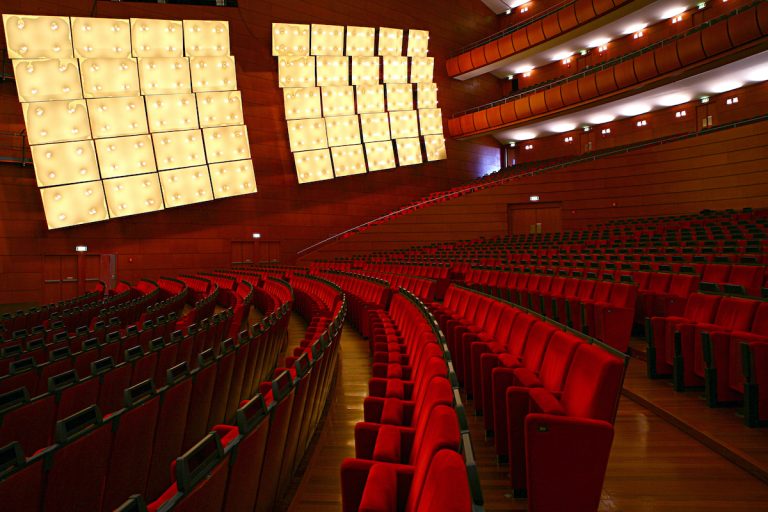Have you ever visited The Milan Duomo? No, I’m not referring to the last trendy spot in town, but to the Gothic cathedral that stands proudly in the city’s center.
Are you ready to be immersed in a world of secrets and curiosities surrounding this iconic monument? Prepare to be amazed as I reveal 5 facts about Milan’s Duomo that you probably didn’t know. And no, I’m not going to tell you about the ghost of a bishop who haunts the cathedral’s walls. These are genuine secrets that I personally guarantee.
Are you ready to travel through time and history among spires, statues, and secret crypts?
Don’t pass up the chance to see Milan’s Duomo as you’ve never seen it before. Above all, don’t forget to bring your camera, because there will be moments you’ll want to capture forever. Prepare for an unforgettable experience, because we are about to reveal the secrets of one of Italy’s most fascinating monuments!
Have you ever tried to find your zodiac sign in a cathedral?
A short distance from the entrance door, you will notice a line of brass that spans the cathedral’s entire width. Along this path, at regular intervals, you can find marble tiles depicting the zodiac signs. Have fun looking for your astrological sign. But why are they positioned there?
Looking at the vault of the first chapel on the right, you can see a hole in the ceiling: at noon (solar, then moved by 25 minutes compared to that marked by the clock), a ray of sunlight enters and travels to the zodiac sign of the month.
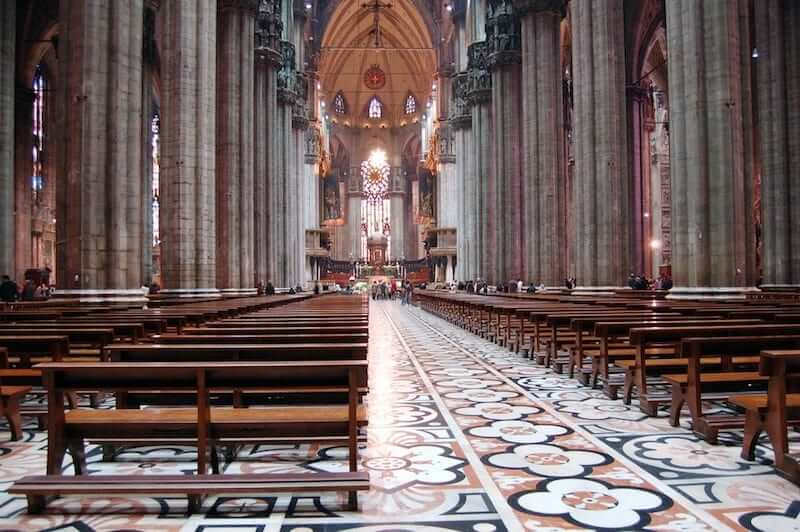
Do you enjoy music? Come see the largest organ in Italy
The largest organ in our country is housed in the Milan cathedral. This incredible instrument, which is located on the high altar, has 15,800 pipes and four organ boxes. Some of the reeds are more than 9 meters tall, while the smallest is only a few centimeters tall. The elaborate doors on the sides of the organ are real works of art depicting scenes from the Old and New Testaments.
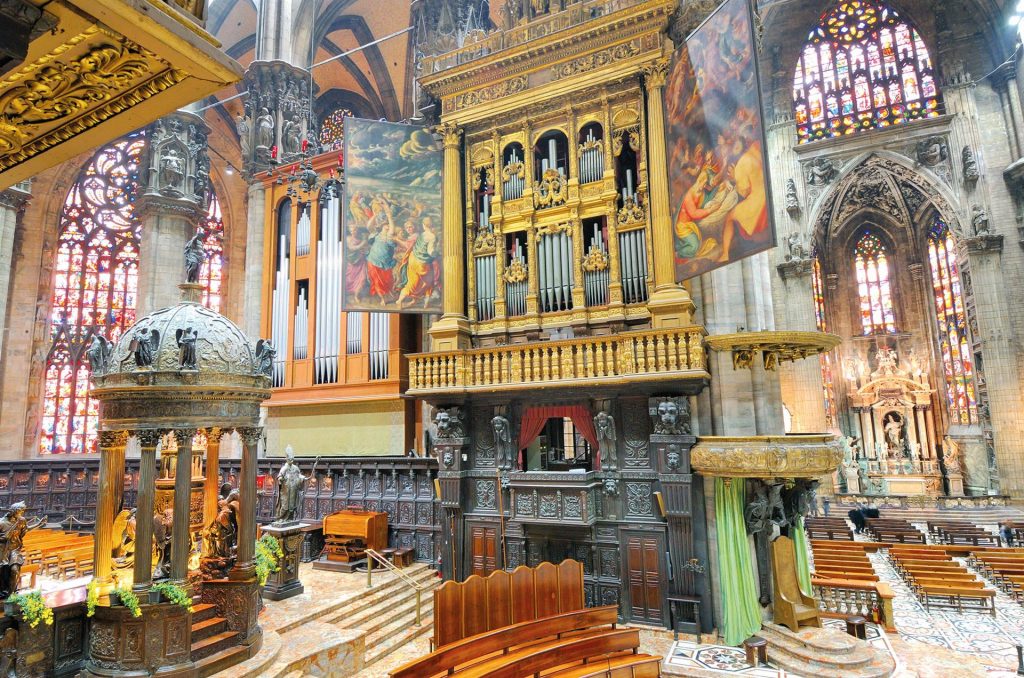
Have you ever climbed the Duomo’s rooftop?
Yes, indeed. Only 251 steps separate you from what I imagine being a lovely experience, despite the fact that I have never climbed. There isn’t much to say because the stunning view speaks for itself.

The Madonnina has a panoramic view of Milan, not just the Duomo!
You’ve probably noticed that the Madonnina is watching you from above. The statue, which is entirely covered in gold, stands 108.5 meters tall and overlooks the Duomo. There are numerous mysteries surrounding the city’s beloved protector. For example, not everyone realizes that the halberd (a Lombard spear) in his right-hand serves as a lightning rod, protecting the Duomo and the entire city.
A 1930s law prohibited any building in the city from exceeding the height of the Madonnina, but when the Pirelli Skyscraper, the city’s first, was built, the height was exceeded. For this reason, a new tradition began. When a building exceeds 108.5 meters in height, a scale replica of the Madonnina is placed on its roof, ensuring that the city’s protector is always at the highest point. You can find copies of this on the roof of the Unicredit Skyscraper and the “Straight” to citylife, which you pass by as you pass witness of Milan’s tallest building.
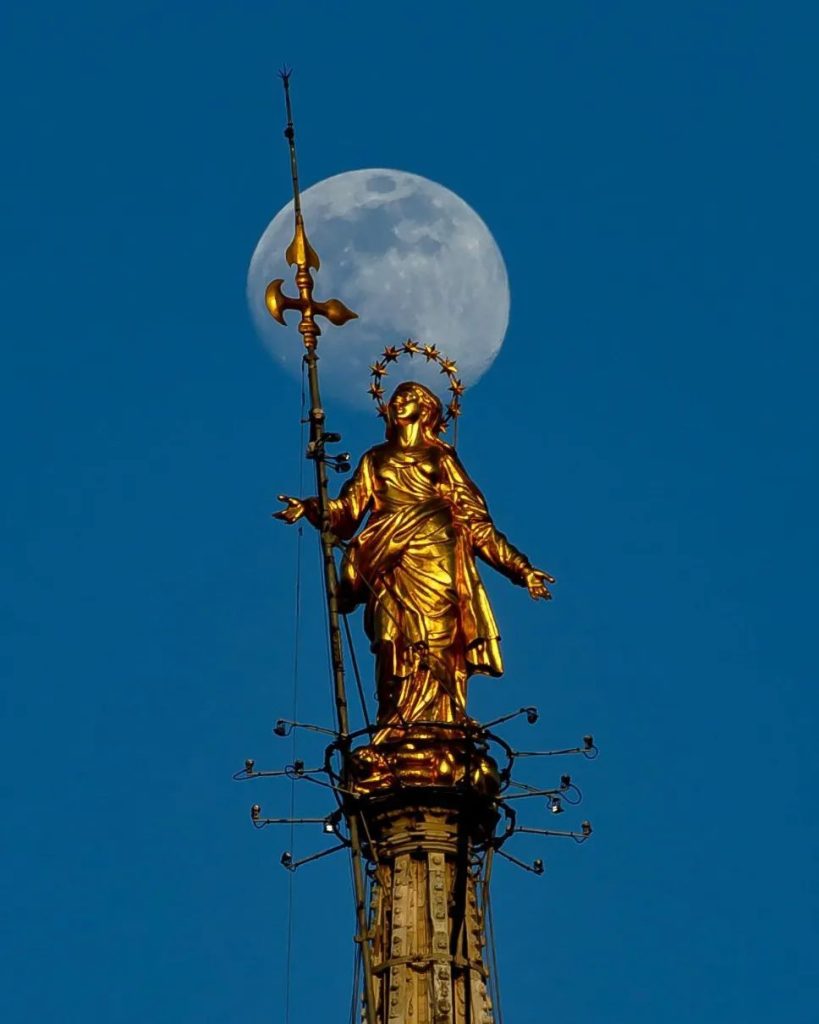
Are you familiar with saffron windows?
The Duomo contains 55 monumental stained-glass windows, the first dating from the late 1300s and the last from the late 900s.
They are impressive for their size and quantity of figures, representing stories from the Old and New Testaments (the two lateral) and the Apocalypse (the central). They are regarded as the “Bible of the poor”. Even those who could not read could learn about the history of salvation by looking at the figures in the cathedral.
But what is the significance of saffron? “Saffron risotto” is a Milanese delicacy, and we are always in Milan.
It is said that the risotto alla Milanese has invented thanks to the Duomo’s stained-glass windows: saffron, an essential ingredient in the recipe, was used to create the yellow glasses used in the cathedral.
Fortunately, as an Italian genius, he had the brilliant idea of using saffron in the kitchen to try to give his dishes a colorful touch. So, thank you, and I am grateful!
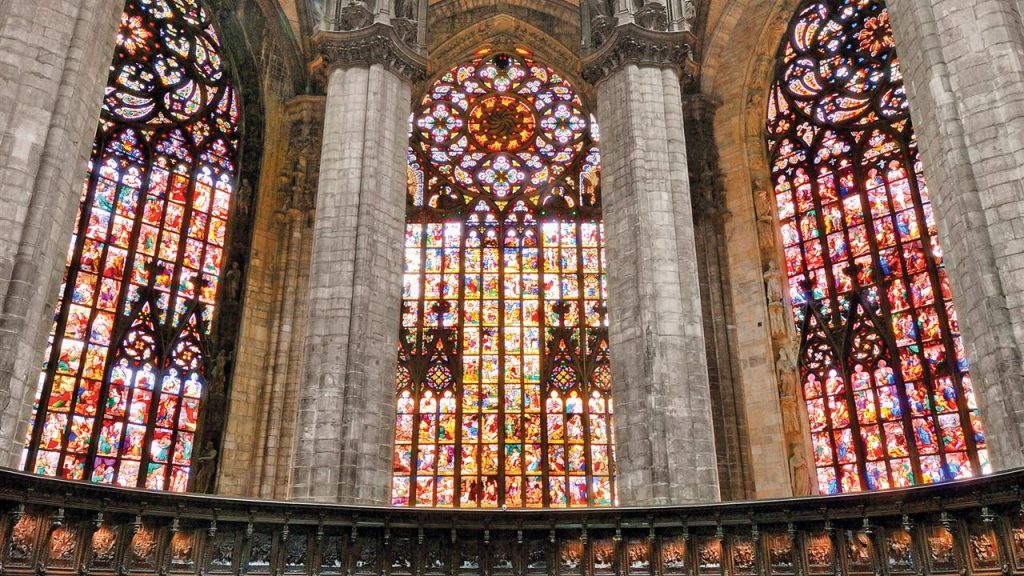
We arrived at the final greetings.
And with that, we came to the end of our journey through the secrets of Milan’s Duomo. We hope you enjoyed this tour of Italy’s most famous Gothic cathedral’s lesser-known but equally fascinating facts.
Your next visit to the Duomo will be even more rewarding now that you know these secrets because you will appreciate the beauty and grandeur of this historic monument even more. And if you haven’t been there yet, don’t put it off any longer: the Duomo of Milan awaits you with its 135 spires, four statues on the top, crypt, and much more.
Remember to bring your camera, because every detail of the Duomo deserves to be captured. Don’t forget to appreciate even the smallest details, such as the mastery of the master glassmakers who created the cathedral’s stained-glass windows.
Thank you for taking us on this tour of Milan Cathedral’s secrets. If you want to plan your trip to Milan, you can get more information here. Don’t be afraid to speak up! In the meantime, we bid you farewell and hope to see you again soon!

